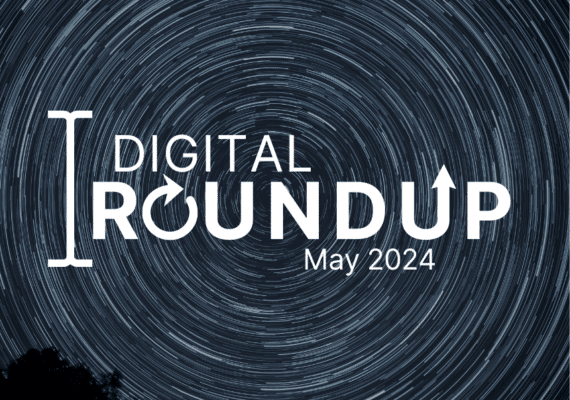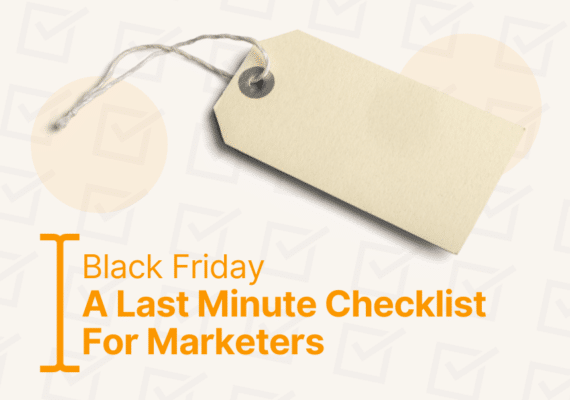Contents
More Powerful Ecommerce Analysis with GA4 Update
As unequipped as many feel GA4 is compared to its predecessor, helpful updates have undeniably been arriving thick and fast. Ecommerce is the latest area to get some love from Google, with a host of new metrics and dimensions for use in the custom reporting tab.
Drilling down into product specifics is now easier than before, with dimensions such as ‘Item brand’, ‘Item Category’ and ‘Shipping Tier’ allowing for a deeper understanding of product performance and user shopping behaviour. Combined with a focus on revenue and conversion rate optimisation, these will likely prove highly useful metrics in showing what is driving custom and why.
The key metrics we picked out are:
- Item affiliation
- Item brand
- Item category
- Item category 2
- Item category 3
- Item category 4
- Item category 5
- Item ID
- Item list ID
- Item list name
- Item list position
- Item location ID
- Item name
- Item promotion creative name
- Item promotion creative slot
- Item promotion name
- Item variant
- Shipping tier
Speaking of revenue, no longer will time be wasted calculating gross revenue percentages and amounts – GA4 will now be able to automatically calculate this metric for both all purchases and specific products. Along with metrics like shipping and refund amounts, analytics is now far better equipped to give us a full ecommerce breakdown.
Looking at the shockwaves the transition from Universal Analytics produced amongst users, one can only imagine how preoccupied its developers were; now that the switch is complete, we can expect more and more expansions of GA4’s functionality like this update. If you want to know which areas are next, follow the complaints. ????
Microsoft’s Performance Max Launches Open Beta
Microsoft’s Performance Max is now available in open beta, providing select marketers with access to its inventory and enabling them to serve ads across the network. This offering aims to simplify marketers’ workloads and allow them to focus on creative aspects while reaching untapped audiences. By collaborating directly with Microsoft on Performance Max campaigns, advertisers gain increased transparency and more detailed reporting at the asset level.
To get started with Microsoft Performance Max, you will need to follow five steps:
- Set up Microsoft conversion tracking, which is essential even for those using Performance Max with the Google import.
- Define the budget and bid strategy, using features like “maximize conversions” and optional target CPA goals.
- Turn on the final URL expansion setting to drive consumers to relevant landing pages and allow Microsoft to create additional assets based on successful pages.
- Add assets, such as text and images, and set up the brand’s store with Microsoft’s Merchant Center.
- Benefit from audience signals, aiding Microsoft in predictive targeting and helping marketers reach their target audience effectively.
Microsoft plans to further enhance the Performance Max product by adding API support, Microsoft Advertising Editor support, and expanded reporting like search terms and domain reports. Additionally, a smart shopping campaign upgrade tool is in development. With a continued commitment to building and improving the product, Microsoft is moving towards general availability, answering the needs of marketers and streamlining the advertising experience.
Google Instates Policies for AI-Generated Product Ratings
Despite a poor public perception of AI-generated content as ‘soulless’ and defying of the very idea of creativity, innovations like auto-generating CMSs indicate that very soon (if not to a degree already) it will be safer to assume that most of the new content we consume is machine-written.
With a global search engine market share of approximately 85%, Google is in a sense the arbiter of such content, and its policies will define AI’s proliferation across the internet at large. Recently, it was revealed that Google’s algorithm would not penalise AI-generated content in any way, setting clear precedence that would be very difficult to go back on in the future when such content is popularized. After all, Google’s sworn enemy is not AI-written content, it is unhelpful content that aims to fool search engines and provide little use to users.
This is why Google’s principle is not abandoned when recently they decided to update their policy regarding AI-generated reviews; a review written by an AI obviously has no bearing on the experiences of real people, and therefore cannot be deemed useful in any way. Here’s what they said in a recent release:
“Automated Content: We don’t allow reviews that are primarily generated by an automated program or artificial intelligence application. If you have identified such content, it should be marked as spam in your feed using the <is_spam> attribute.”
This will be tackled by Google’s own AI where possible, and by specialised teams where a human understanding of context is required. Penalties are set to include disapproving content that violates policy, issuing warnings or even account suspensions in severe cases.






